
Induced tolerance to abiotic and biotic stresses of broccoli and Arabidopsis after treatment with elicitor molecules (Sci. Rep.)
Plant Science Research WeeklyPlant hormones such as jasmonates (JAs) and salicylic acid (SA) are known for their role in regulating plant growth under both abiotic and biotic stresses. These hormones, which are synthesized within the plant, can modulate cellular processes in targeted cells locally and can be moved to other parts…
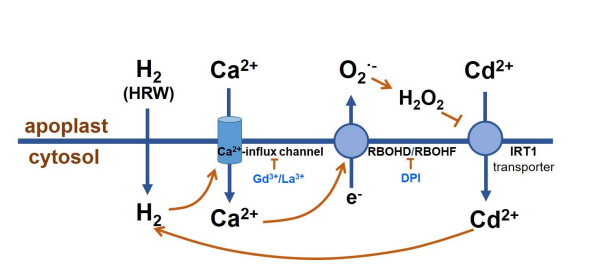
Hydrogen mediates tolerance to cadmium-induced root toxicity (Plant Physiol.)
Plant Science Research WeeklyHeavy metals are a potential threat to human health, especially in areas with high industrial activity where the metals leach in the soil to contaminate underground water. These metals are a threat to plants too, resulting in stunted growth and their eventual death. Wu et al. carried out a mechanistic…
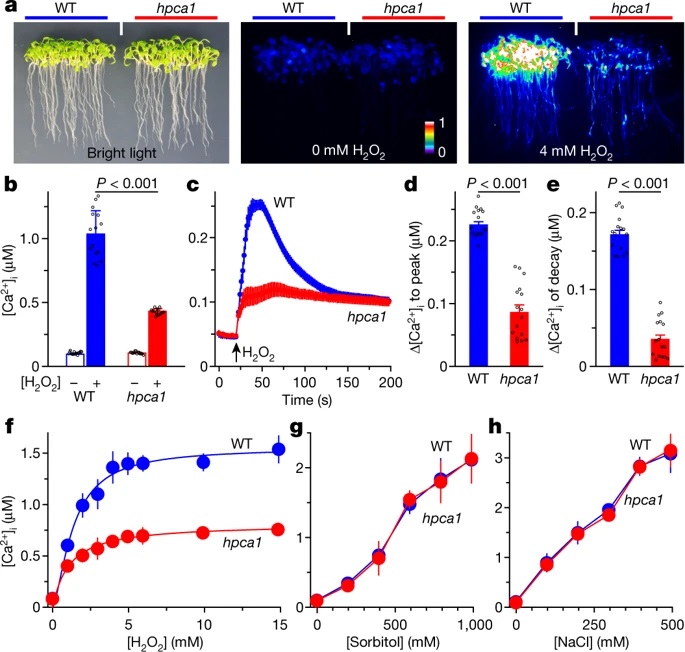
Hydrogen peroxide sensor HPCA1 is an LRR receptor kinase in Arabidopsis (Nature)
Plant Science Research WeeklyHydrogen peroxide (H2O2) is an important signal involved in diverse stress responses both intracellularly and extracellularly, but until now it hasn’t been clear how the plant recognizes it. Wu et al. used a genetic screen to search for plants that fail to produce a calcium influx response in the presence…
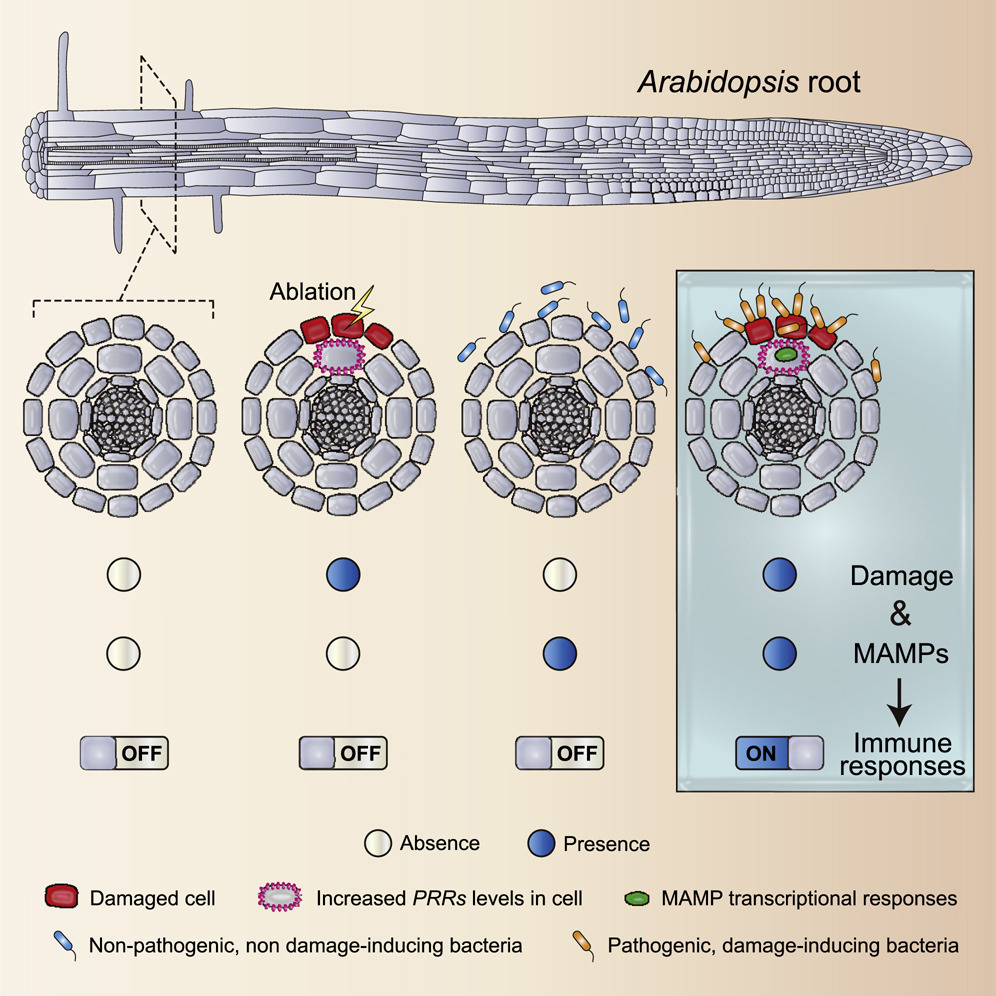
Damage-gated immune responses to microbes (Cell)
Plant Science Research WeeklyPlants are surrounded by diverse microbes and must avoid mounting an immune response against innocuous microbes, while properly activating defense against invading pathogens. As the initial plant-microbe contacts happen in a limited number of cells, understanding spatially-resolved plant immune responses…
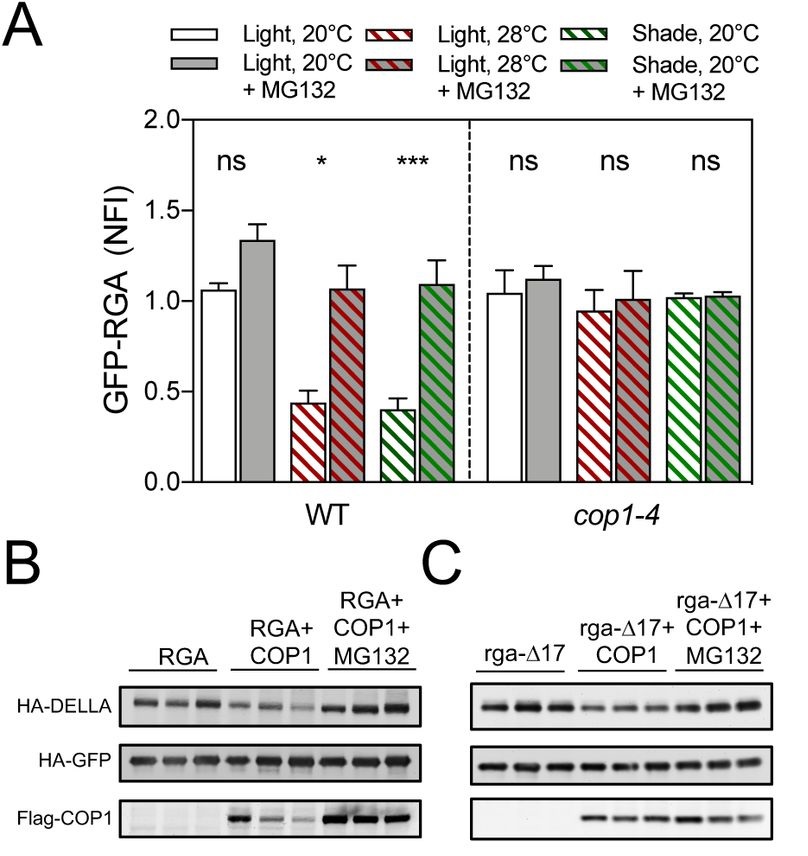
COP1 destabilizes DELLA proteins in Arabidopsis (bioRxiv)
Plant Science Research WeeklyThe canonical model of gibberellic acid (GA) signaling pathway includes the recognition of the hormone by the receptor GID1 and the further degradation of the DELLA proteins by the proteasome. In this paper, Blanco-Touriñan et al. observed in Arabidopsis that the DELLA protein REPRESSOR OF ga1-3 (RGA)…

A two-way molecular dialogue between embryo and endosperm is required for seed development ($) (Science)
Plant Science Research WeeklyDuring seed formation, the developing embryo becomes covered with a water-impermeable cuticle. Several Arabidopsis mutants have been identified that are defective in cuticle formation and provide a framework for how it is formed. Doll et al. have added a missing piece to this puzzle. Briefly, embryo…
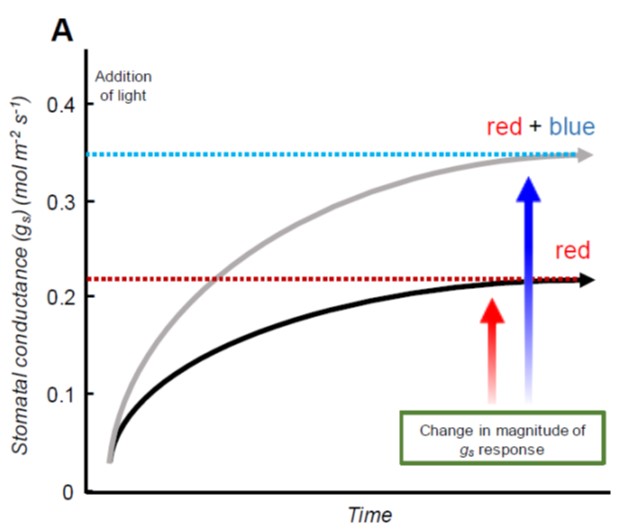
Review: Role of blue and red light in stomatal dynamic behaviour (J Exp Bot)
Plant Science Research WeeklyGuard cells are extremely sensitive and dynamic, and their behaviour controls rates of gas exchange and transpiration, which affect evaporative cooling and transport in the xylem. Matthews et al. review the roles of light signalling pathways in guard cell responses. Cues that control guard cell ion channels…

Review: Surface sensor systems in plant immunity (Plant Physiol)
Plant Science Research WeeklyThe first line of defense is detection. Plants have numerous cell-surface receptor proteins (Pattern Recognition Receptors, PRRs) that recognize potentially harmful pathogens as well as endogenous molecules that suggest damage, known as Damage Associated Molecular Patterns or DAMPS and phytocytokines…

Plants make galls to accommodate foreigners: some are friends most are foes (New Phytol)
Plant Science Research WeeklyGall formation by plants is a commonly-seen phenomenon that occurs in response to foreign entities (here called “gall-inducers”) such as viruses, bacteria, fungi, nematodes, etc. In this review Harris and Pitzschke set out criteria for what is and is not a gall; by definition the gall is a developmental…

